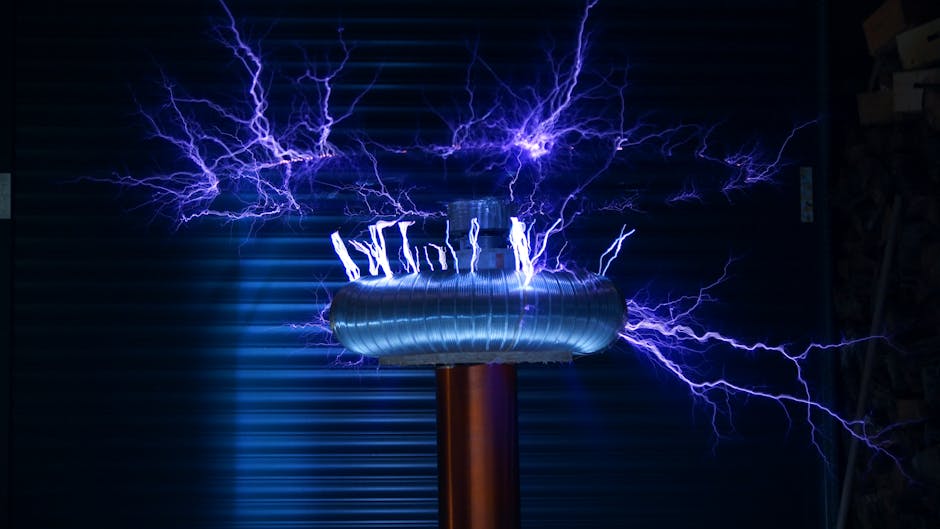The Science Behind Shuttle Flash Badminton: Physics of the Shuttlecock
Badminton is not just a game of agility, speed, and skill—it’s also a fascinating showcase of physics at work. The shuttlecock, with its unique design and flight pattern, plays a crucial role in this dynamic sport. Let’s dive into the science behind shuttle flash badminton and uncover the physics that make the shuttlecock such an intriguing object of study.
Table of Contents
1. Introduction
2. Aerodynamics of the Shuttlecock
3. Impact of Gravity and Wind Resistance
4. Material and Design Influence
5. Spin and Stability
6. Conclusion
7. FAQs
Introduction
When you watch a badminton match, you might marvel at the speed and precision with which players hit the shuttlecock across the net. But have you ever wondered about the science that governs its behavior? From its aerodynamic properties to the effects of gravity and spin, the shuttlecock is a marvel of physics. This blog post will explore how these elements come together to create the shuttle flash badminton experience we know and love. 🏸
Aerodynamics of the Shuttlecock
The shuttlecock’s design is unlike any other in sports. Its cone-shaped structure, composed of 16 feathers or synthetic alternatives, is specifically crafted to interact with the air in unique ways. When the shuttlecock is hit, it experiences drag and lift, which are essential components of its flight.
Drag, the resistance force opposing the shuttlecock’s motion, is crucial for stability. As the shuttlecock moves, air flows over and around it, creating a difference in pressure that slows it down. This drag is what prevents the shuttlecock from traveling in a straight line like a tennis ball. Instead, it arcs gracefully, offering players the chance to strategize and place their shots skillfully.
Lift, on the other hand, helps to keep the shuttlecock airborne. The orientation of the feathers generates a lift force perpendicular to the shuttlecock’s motion. This lift is what enables the shuttlecock to glide and hover momentarily, allowing for those spectacular drop shots that catch opponents off guard. 🎯
Impact of Gravity and Wind Resistance
The forces of gravity and wind resistance are always at play during a badminton match. Gravity pulls the shuttlecock downward, influencing its trajectory and speed. Players must constantly adjust their techniques to account for this, timing their hits to counteract gravity’s pull.
Wind resistance is another factor that can dramatically alter the game. Even slight variations in air currents can affect the shuttlecock’s path. This is why indoor badminton courts are preferred for official matches, as they minimize the unpredictability caused by the wind. However, outdoor players learn to master these challenges, using wind patterns to their advantage whenever possible. 🌬️
Material and Design Influence
The choice of materials in a shuttlecock’s construction profoundly impacts its flight characteristics. Traditional shuttlecocks are made from feathers, typically goose or duck, which provide ideal flexibility and aerodynamics. Feather shuttlecocks are preferred in professional settings due to their superior flight performance and natural feel.
However, synthetic shuttlecocks have gained popularity for their durability and cost-effectiveness. Made from nylon or other polymers, they withstand the rigors of frequent play while offering a similar flight experience. Manufacturers continually refine these designs to mimic the performance of feather shuttlecocks as closely as possible, balancing cost, durability, and playability. 🏆
Spin and Stability
Spin is another critical element in badminton. When players impart spin to the shuttlecock, they can control its flight path and landing position with greater precision. Spin creates gyroscopic stability, helping the shuttlecock maintain its orientation and resist external disturbances.
This stability is what makes high-level badminton so mesmerizing to watch. Skilled players use spin to execute deceptive shots like slices and smashes, keeping their opponents guessing and enhancing the strategic depth of the game.
Conclusion
Understanding the physics of the shuttlecock adds a layer of appreciation for the game of badminton. From aerodynamics to material science, every aspect of the shuttlecock’s design is optimized for performance and playability. Whether you’re a player or a spectator, recognizing these elements can enhance your enjoyment of the sport. So next time you watch a match, take a moment to marvel at the science in action. 🧐
FAQs
Q1: Why do shuttlecocks have feathers?
A: Feathers provide the best combination of aerodynamics, stability, and playability. They create a unique flight pattern that is crucial for the strategic depth of badminton.
Q2: Can synthetic shuttlecocks replace feather ones?
A: While synthetic shuttlecocks are more durable and cost-effective, they are still being refined to match the performance of feather shuttlecocks. Many players prefer feathers for their traditional feel.
Q3: How does spin affect a shuttlecock’s flight?
A: Spin provides gyroscopic stability, allowing players to control the shuttlecock’s trajectory and landing position more effectively. It adds an extra layer of strategy to the game.
Q4: Does wind affect indoor badminton?
A: Indoor badminton is generally unaffected by wind, which is why professional matches are played indoors. However, air currents from ventilation systems can sometimes have a minor impact.
Badminton enthusiasts and physics lovers alike can appreciate the complex forces and design choices that make the shuttlecock a central player in this beloved sport. Now that you’re armed with this knowledge, why not hit the court and see the physics in action for yourself? 🏸
